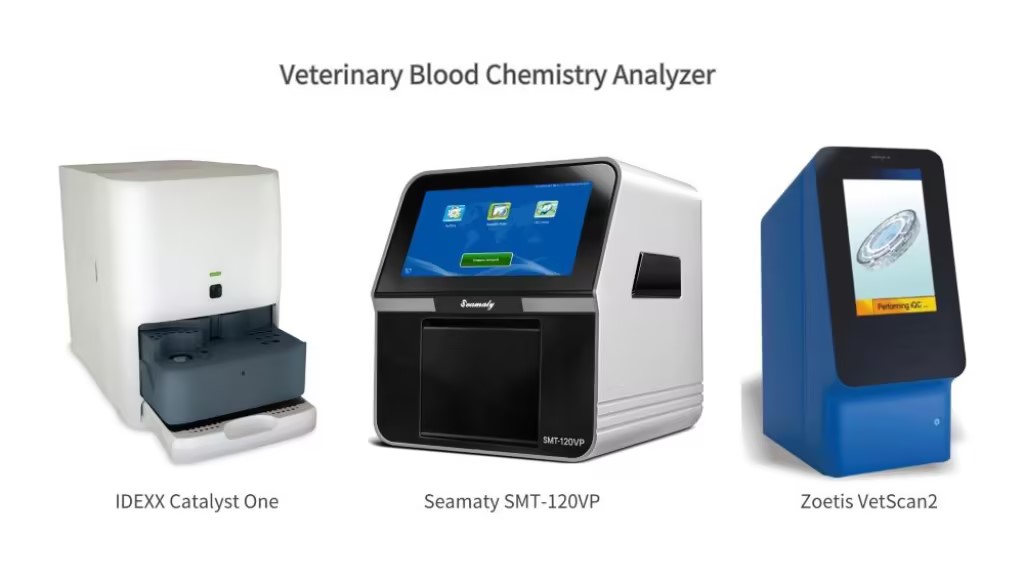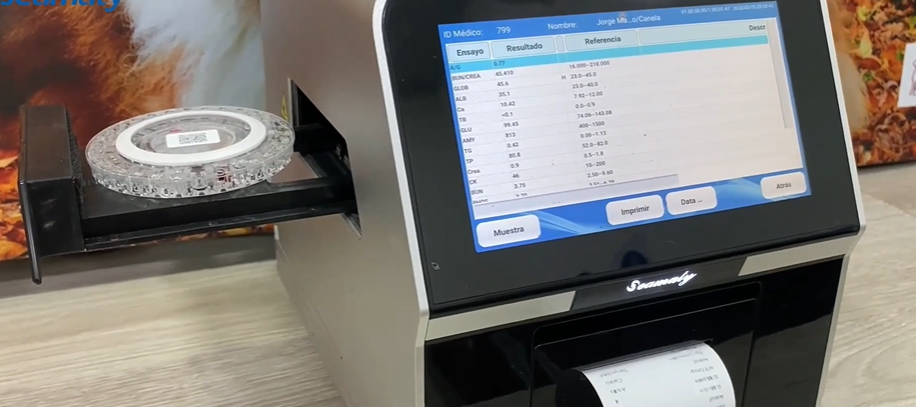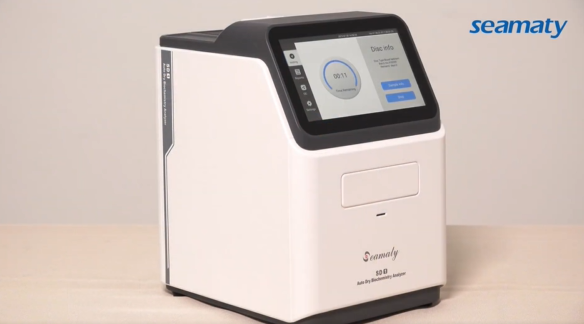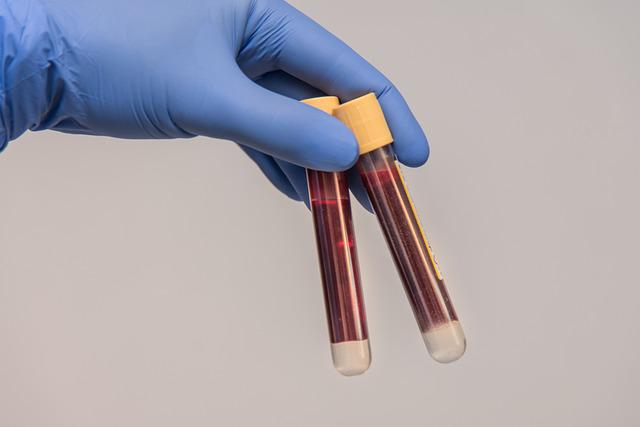release time:2024-04-03 11:38:12

Choosing the right veterinary blood chemistry analyzer for your clinic can be a tough decision. Three popular options are the SMT-120VP, Catalyst One, and VetScan2. Each analyzer has its own strengths and weaknesses, so it's important to consider your specific needs before making a purchase.
|
Feature |
SMT-120VP |
Catalyst One |
VetScan2 |
|
Brand |
Seamaty (China) |
IDEXX (USA) |
Zoetis (USA) |
|
Technical Features |
Disc centrifugal microfluidic wet chemistry |
Dry chemistry slides |
Disc centrifugal microfluidic wet chemistry |
|
Reagent Form |
Single-user reagent disc |
Single-user dry biochemical slides |
Single-user reagent disc |
|
Sample Types |
Whole blood, serum, plasma |
Whole blood, serum, plasma, urine |
Whole blood, serum, plasma |
|
Sample Volume |
100ul |
Whole blood 700ul, serum/plasma 300ul |
100ul |
|
Testing Time |
12 minutes |
8 minutes (requires off-instrument centrifugation) |
12 minutes |
|
Volume |
4kg |
12kg |
5.4kg |
|
Testing Items |
Biochemistry, electrolytes, some immunological items, coagulation; a total of 47 items, 13 types of combination reagent discs |
Biochemistry, electrolytes, urine, and some immunological items, totaling 40 testing items, 6 pre-installed combinations |
Biochemistry, electrolytes, a total of 25 testing items, 12 types of combination reagent discs |
|
Features |
Compact and portable instrument, comprehensive testing capabilities, cost-effectiveness, stability |
Renowned brand with high accuracy, flexibility in reagent card combinations, filtering layers on reagent cards reduce influence of abnormal samples |
Compact and portable instrument, supports whole blood testing with minimal sample volume, slower product updates, higher consumable costs |
(The reference materials are sourced from the official websites and product manuals of Seamaty, IDEXX, and Zoetic.)
Here's a breakdown of the key features of SMT-120VP analyzer:
SMT-120VP (Seamaty, China):
Here are some additional factors to consider when making your decision:
Ultimately, the best analyzer for your clinic is the one that meets your specific needs and budget. By carefully considering the factors mentioned above, you can make an informed decision that will benefit your practice and your patients.
Recommended further reading:
1. A Comparative Review: SMT120VP VS. VETSCAN VS2
2. Choosing the Best Veterinary Blood Chemistry Analyzer: A Helpful Guide
3. Why Choose Seamaty SMT-120VP Veterinary Analyzer? 6 Compelling Customer Stories

2022-06-21
Biochemistry analyzers are the devices that are used in the medical profession to measure various chemicals. These chemicals are used in diverse biological processes at various stages. But what about Veterinary Biochemical Analyzer? Are they worthy of vet equipment?

2022-01-25
Here are some examples of test instruments commonly used in medical testing laboratories, some very basic consumables and supporting equipment. Hope to help you buy laboratory equipment.

2021-11-22
1. Hemolysis: Hemolysis is one of the most common interfering factors in clinical biochemical tests. Hemolysis is the rupture of red blood cells in the blood. The contents of the red blood cells enter the serum. As a result, the concentration or activity of the biochemical test substance is affected.